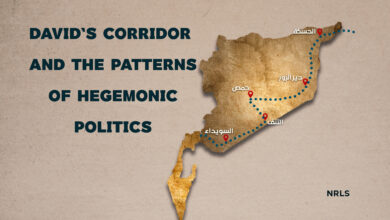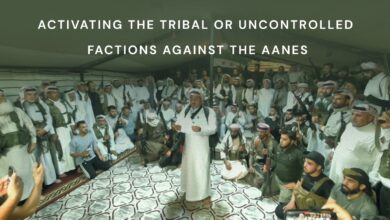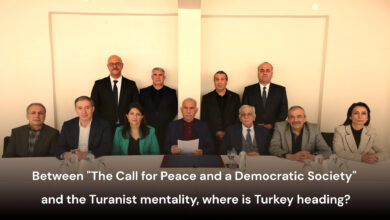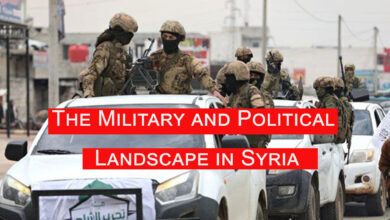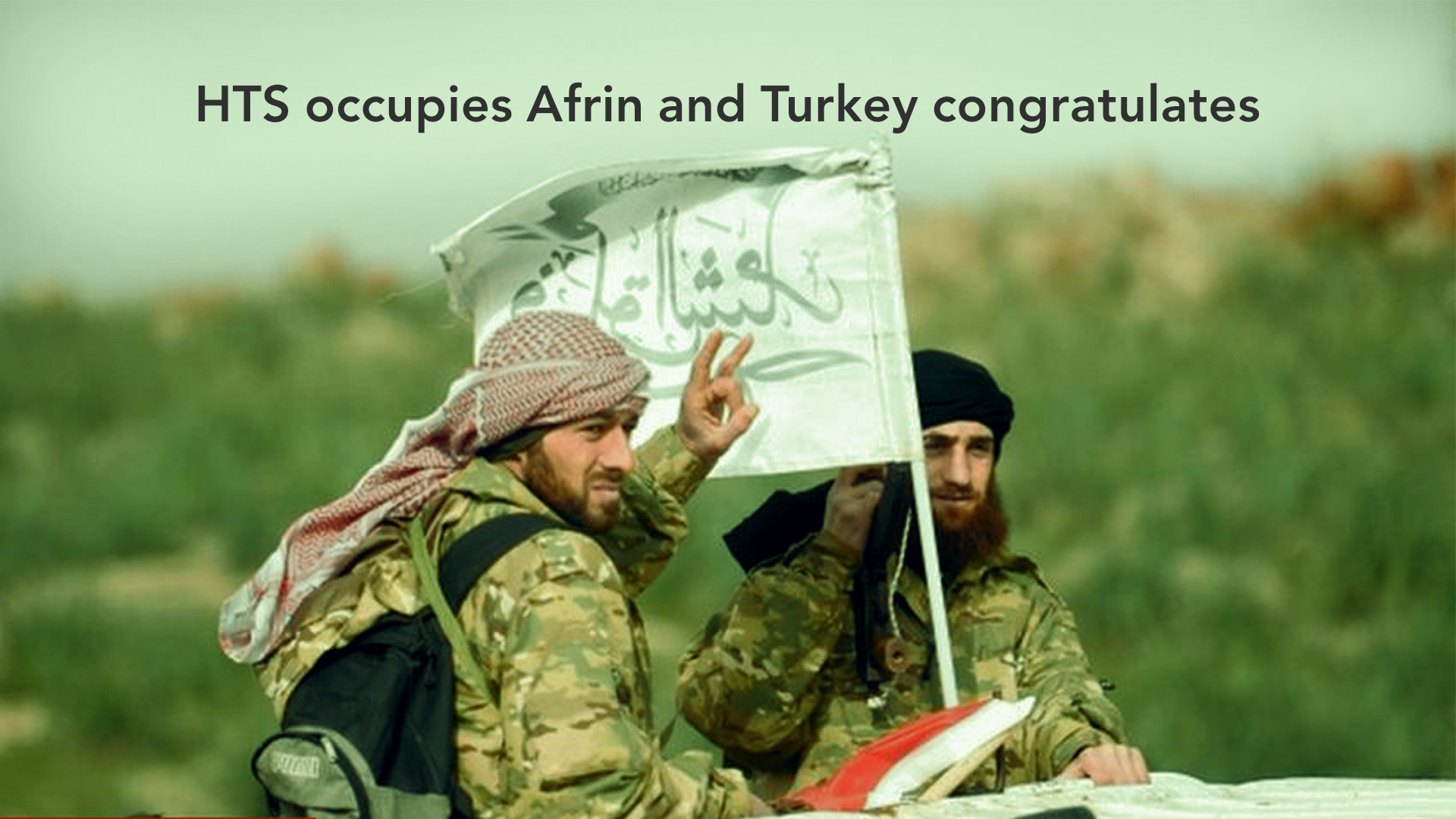
The recent remarkable military progress by Hayat Tahrir al-Sham (HTS) along with Hamza Division, Harakat Ahrar al-Sham and Sultan Suleiman Shah faction in Afrin in northwestern Syria was achieved under the watchful eye of the Turkish occupation forces which are widely deployed in all areas without moving a finger or doing anything to prevent that. On the contrary, there has been talk about Turkish complicity with the HTS and its approval of the change in the control map in that region. Following that progress and then, the withdrawal of the HTS from Afrin except for its security bases in addition to Turkey’s attempt to bridge the rift between the armed factions, the question about the close relationship between the Turkish occupation and the HTS remains. The HTS entry to Afrin was an opportunity al-Julani found to achieve Ankara’s goals in creating creative chaos with a ready-made Turkish recipe.
There is no doubt that the HTS is trying to polish its image in front of the international community that it is not a descendant of al-Qaeda and is not a terrorist organization although it is still classified on the blacklist of the United States of America. This confirms with conclusive evidence that the Turkish state is fully responsible for sponsoring terrorism because the terrorist HTS cannot move without approval by a sponsored state. Ankara tried to pressure the armed factions to be ready to engage in any possible settlement that has been negotiated for some time with Tehran and Moscow, the results of which are likely to appear in the form of breakthroughs in Syrian-Turkish relations, especially after the security meetings between the Syrian and Turkish officials and the easing of diplomatic tone aimed at making a breakthrough in the file of the northwestern regions. Perhaps the entry of the HTS will be the card for Turkey to sacrifice the armed opposition, as it will be a pretext for the Syrian regime’s incursion on the one hand and, on the other hand, pushing the HTS to expand in other areas in the northeast to end any role of the armed factions linked to the opposition Syrian National Coalition (SNA).
Turkey’s allowing the establishment of a terrorist ideological entity led by the HTS extending from Idlib to Sere Kaniye (Ras al-Ain) would provide great services to Ankara, such as its aspiration to return Syrian refugees to the Syrian interior outside their areas of origin and to promote a policy of demographic change. Of course, this entity will be entrusted with the task of establishing a human terrorist wall in the face of the areas of the Autonomous Administration of North and East Syria (AANES). Al-Julani has found an interest in walking on the Turkish path, as he is supposed to put his hand on great financial and economic resources in the region. This not only explains the Turkish silence about the recent bloody fighting between the HTS and other armed factions, but also reveals a strong Turkish hand that pushed al-Julani to carry out his military operation without any changes in the maps of control in the northern and western countryside of Aleppo as a result of the heavy deployment of the warring factions and parties, and any real change in the map of the region will inevitably change the map of control over the city of Aleppo with all its eastern, western and northern sides. After the incursion of the HTS into the city center of Afrin and more than 30 villages, including Hamam crossing, which connects the Syrian town of Jindires with Turkey, the villages of Kafr Jannah, Jabal al-Alam and Qatma near the city of Azaz, which is considered one of the most important cities in the northern countryside of Aleppo, the HTS withdrew keeping its security services in its places and headquarters because Turkey is trying to delude the international community that the HTS has retreated to its areas.
It can be said that day after day the links that show the extent of the close relationship between Turkey and the terrorist factions, whether in Syria or abroad, are unfolding. After its involvement in supporting the terrorist organization of ISIS with equipment, weapons and supplies on a large scale of Syrian geography, it is now playing the same role, but with a different scenario, and perhaps even an attempt to create legitimacy for it with the regional actors in the Syrian crisis.
